


Gluten-Free for Good author Samantha Seneviratne is a huge fan of baking with almond flour, and she thinks you should be too. Below, she shares why almond flour is a must-have pantry staple and the best ways to put it to use.
* * *
Almond flour is one of the most versatile flours available. This nutritious flour adds delicious richness and moisture to cakes, cookies, and beyond, and can be easily added to classic recipes, as covered in this previous blog post on how to swap almond flour for some of the wheat flour in recipes.
Almond flour is also a fantastic option if you're a gluten-free baker. Try baking up treats using only almond flour, and you'll be rewarded with super-tender and moist cakes, pleasantly short shortbread, and soft, fudgy brownies ... all of them gluten-free.
If you’ve gone gluten-free and all-purpose flour is out, almond flour is exactly what you need.
If you're new to baking with almond flour, read on for more details on how to put it to use, a breakdown of different varieties, storage tips, and my go-to almond flour cake recipe.
In my opinion, almond flour comes the closest to wheat flour in baking (aside from specific gluten-free flour blends like Measure for Measure, that is). It’s easy to use and doesn’t require the addition of any gums or other special ingredients to create a pleasant texture, as in some gluten-free baking.
And even better, since you don’t have to worry about gluten development (which comes from over-mixing wheat-based batters), you can mix up almond flour baked goods without fretting that they'll become tough. Instead, you’ll always wind up with tender, fragrant baked goods.
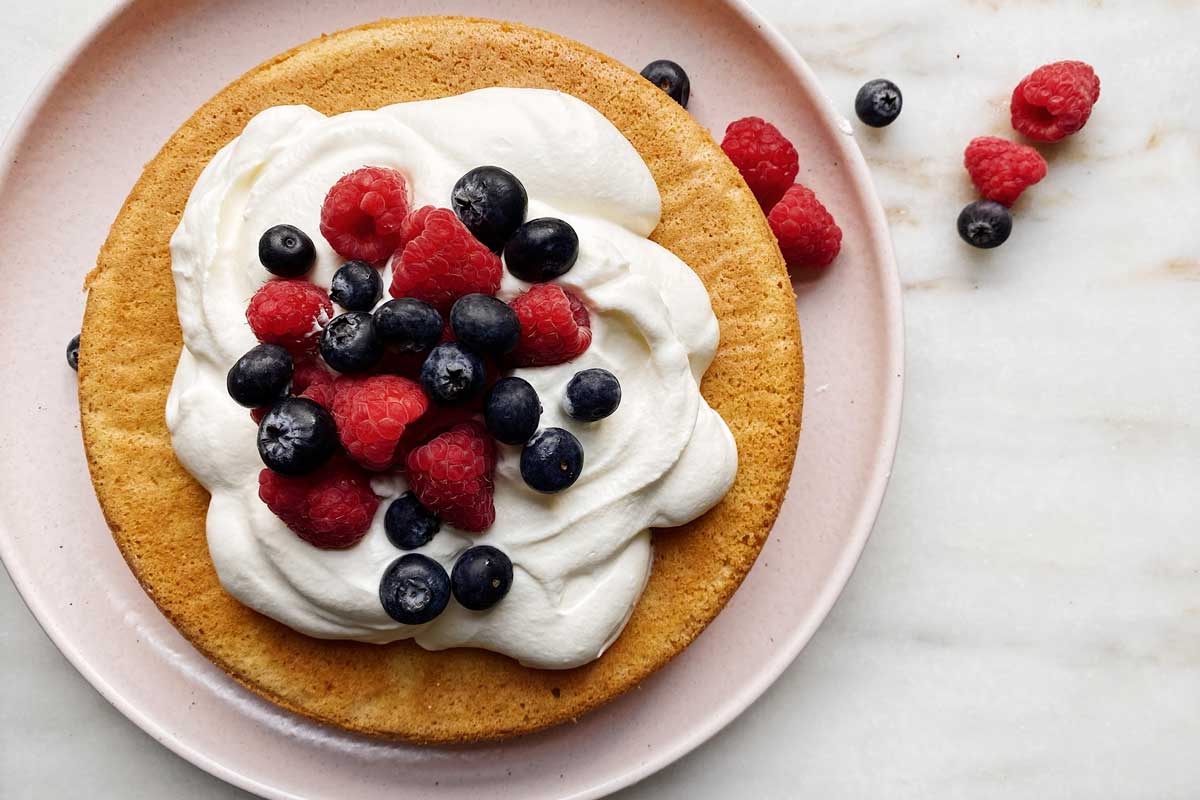
As fantastic as almond flour is, you can’t just swap it 1:1 for all the wheat flour in your favorite recipes. For entirely gluten-free baked goods, you’ll have to look for recipes that use almond flour specifically. But these days, those are easy to find.
King Arthur has a ton of almond flour recipes available online. Some great examples include this stunning Almond Roll, decadent Almond Flour Brownies, and buttery Shortbread Cookies.
That said, because almond flour lacks gluten, it’s not a great choice for making yeast breads and rolls. Instead, see this post on gluten-free yeast baking for more details on which flours to bake with.
There are many varieties of almond flour on the market today. We’re lucky! That probably wasn’t the case 20 years ago.
You’ll typically come across two types of almond flour:
Some say blanched almond flour has a finer texture than natural, but I think the differences between flours are more a result of the brand rather than the type. One key difference is that blanched flour will lend a more refined look to your baked goods. Think pretty pale cakes and fancy French macarons vs. rustic crusts and cookies.
Sometimes you’ll find the product labeled as almond meal instead of almond flour. Again, that’s more of a brand distinction, and if the grind is the same, the two can be used interchangeably.
Now when it comes to texture, different brands can vary greatly despite the labeling. I prefer the finest grind available because I want the flour that most resembles all-purpose wheat flour. Finely ground almond flour is less gritty. King Arthur almond flour is super finely ground, so it seamlessly blends into baked goods without a noticeably grainy texture.
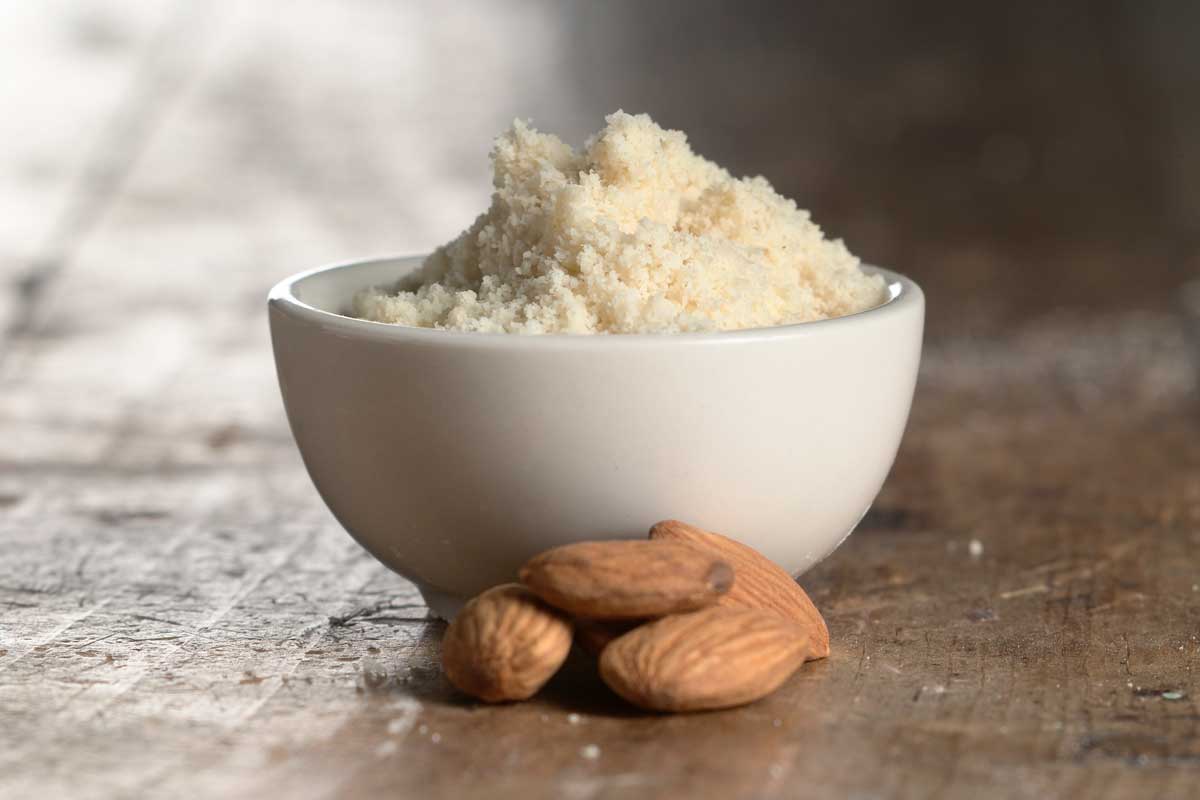
That said, texture may be what you’re going for! Consider the final product when choosing your flour. While finely ground is the most versatile, a coarser meal might be nice in something like a nubbly, crunchy oatmeal cookie or an apple crumble.
While it's possible to make your own almond flour, it’s tough to get the consistent, fine texture of store-bought flour at home. That’s why I like to stick with store-bought for most of my baking.
But if you’d like to give it a try, you can make almond flour easily at home. The results will simply be more coarse and uneven than the flour you'd buy at a supermarket. To make, just pop blanched almonds into a high-powered blender or food processor. Be sure to process the nuts in batches and stop before you have almond butter!
Almond flour, like almonds themselves, is full of fat. You can thank that wonderful fat for all the flavor and richness. But that fat can also go rancid over time. Give your almond flour a good sniff before you use it. If it smells neutral or even a bit sweet, you’re good to go. Any off, bitter, or even sour odors mean that the flour has turned, and it’s best to compost it.
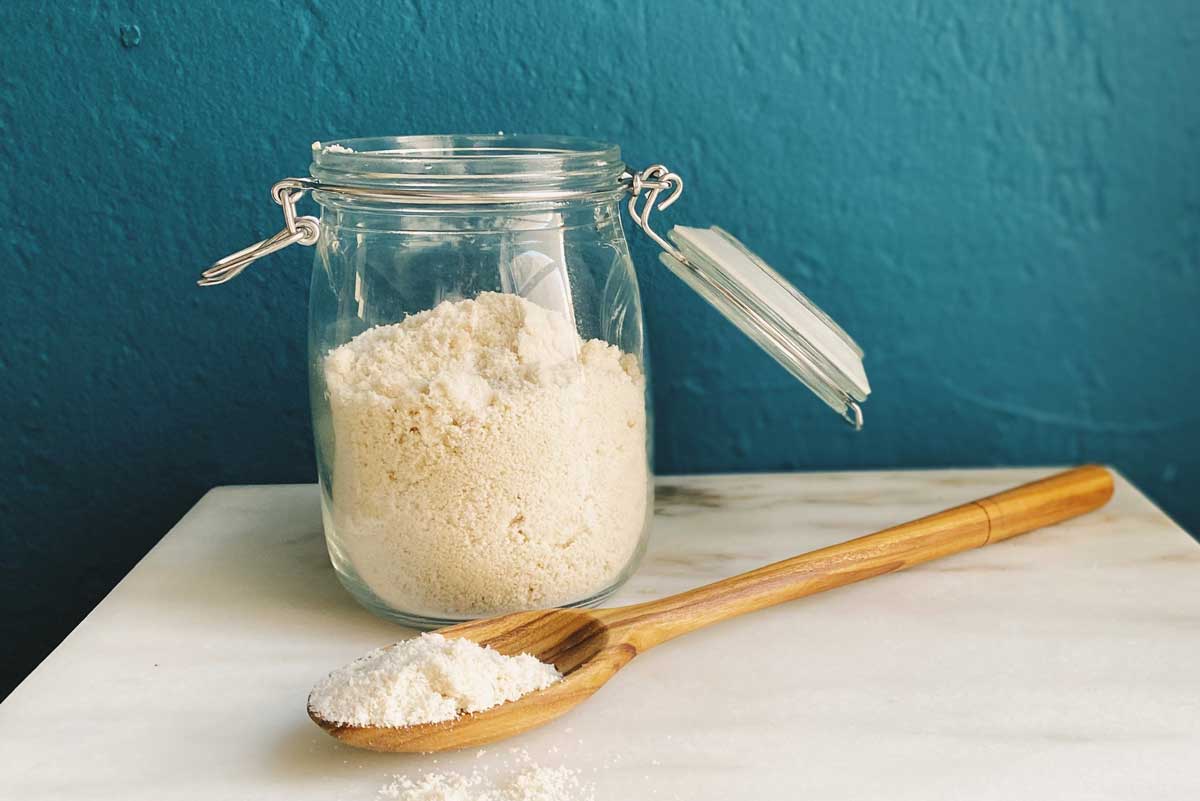
I like to store my almond flour in the freezer to extend its shelf life. It can be a little tough to measure straight from the freezer, so I store it in smaller portions that I can bring to room temperature as needed.
To show all that almond flour has to offer, try baking a basic butter cake. My recipe below uses 100% almond flour instead of wheat flour. It’s a lovely, moist gluten-free cake that can be split in half and filled with cream and berries, layered with frosting for the perfect birthday cake, or baked on top of caramel and fruit and flipped over to make a decadent upside-down cake.
You may find that your cake sinks a bit in the oven — this can provide a good vehicle for whipped cream and berries, or simply serve the cake upside down for an even top.
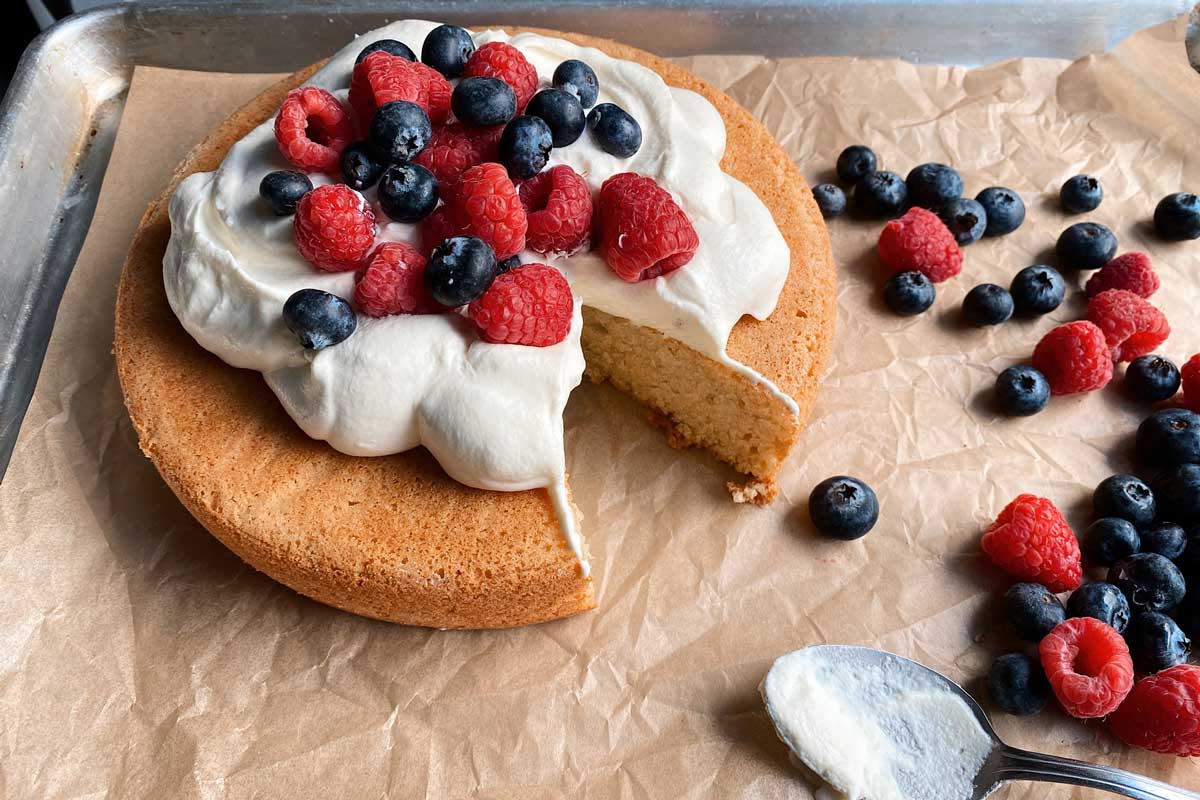
I’ve added a small amount of cornstarch to the mix. Since the cake doesn’t have any gluten, which contributes to structure, a little bit of starch serves as a binder and improves the overall texture.
To ensure a good rise beyond the baking powder, the eggs are added separately. The yolks go into the batter while the whites are whipped to stiff peaks before being folded in. The little air bubbles trapped in the whites contribute lift and lightness, which is especially important in a cake made from nuts.
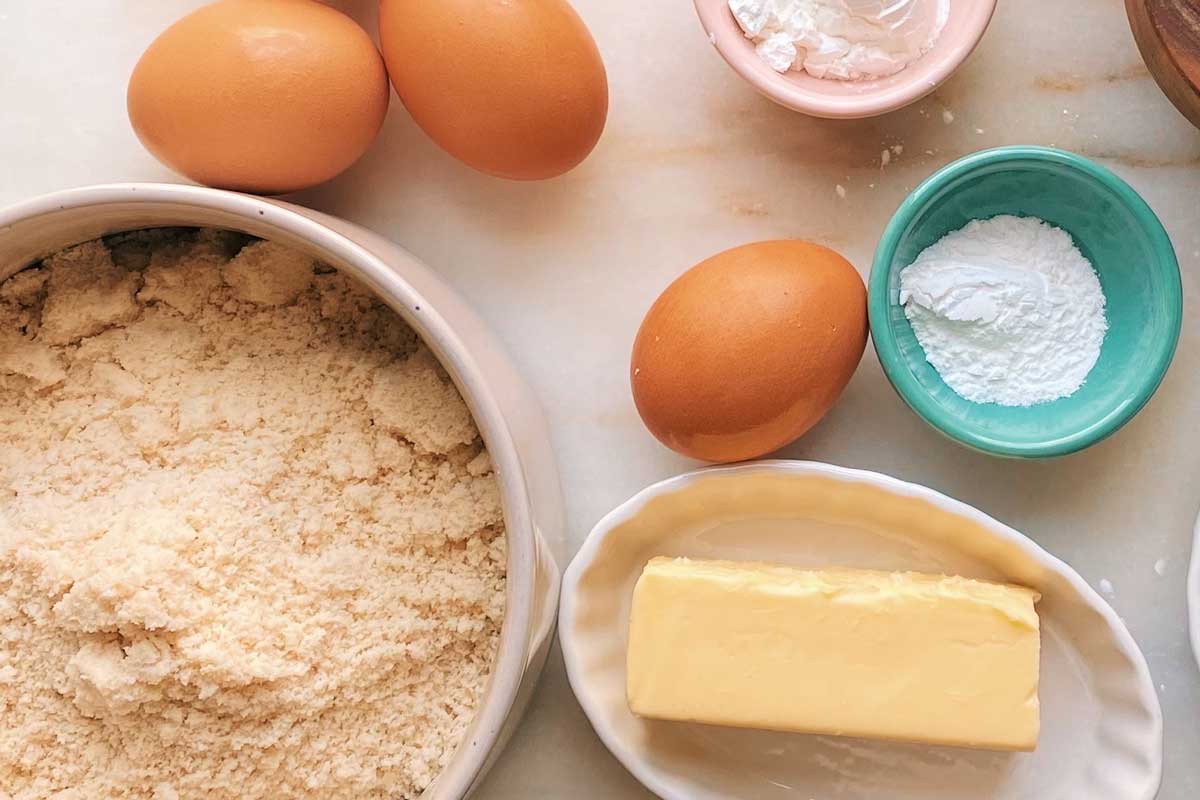
The rest of the ingredients are standard butter cake material: sugar, butter, and vanilla. Feel free to add some spice or other types of extract for varying flavors. Easy, delicious, and gluten-free. Thank you, almond flour!
For the cake:
Preheat the oven to 350°F. Butter an 8" x 2" round cake pan, line it with parchment paper, and butter the parchment.
In a medium bowl, whisk together the almond flour, cornstarch, baking powder, and salt. Using an electric mixer, in another medium bowl beat the butter and sugar until fluffy and thoroughly combined, about 5 minutes. Add the egg yolks and vanilla and beat to combine. Add the almond flour mixture to the butter mixture and beat to combine.
In a clean bowl, with clean beaters, beat the egg whites to soft peaks, about 3 minutes. Mix a scoop of the egg whites into the almond flour mixture to loosen it. Then gently fold in the remaining egg whites. Transfer the batter to the pan and smooth the top. Bake until the cake is golden brown and a toothpick inserted into the center comes out with moist crumbs attached, about 40 to 45 minutes. Let the cake cool in the pan on a rack for 10 minutes. Carefully flip the cake onto the rack to cool completely.
If you're ready to start baking with almond flour, you can order King Arthur almond flour (or toasted almond flour!) through the online shop or pick up a bag in grocery stores nationwide.
Cover photo by John Sherman